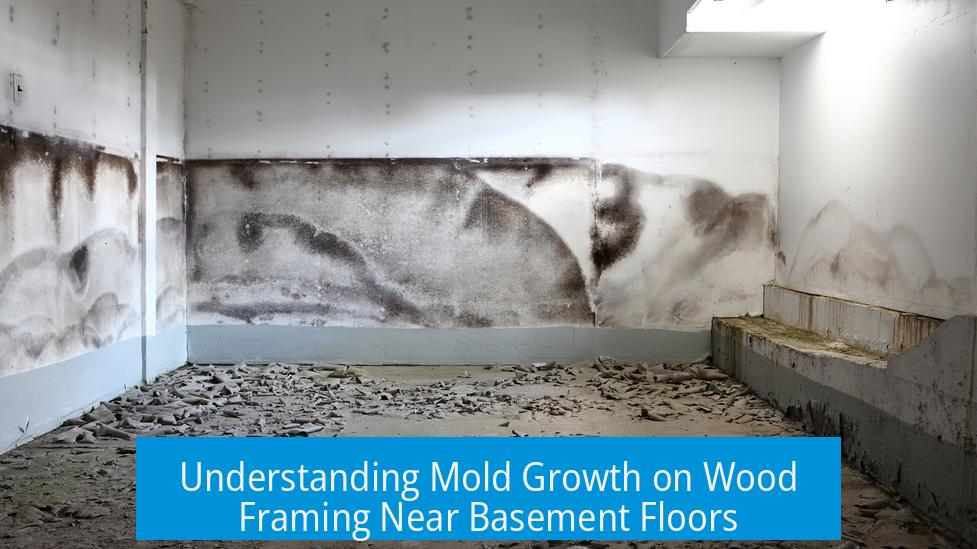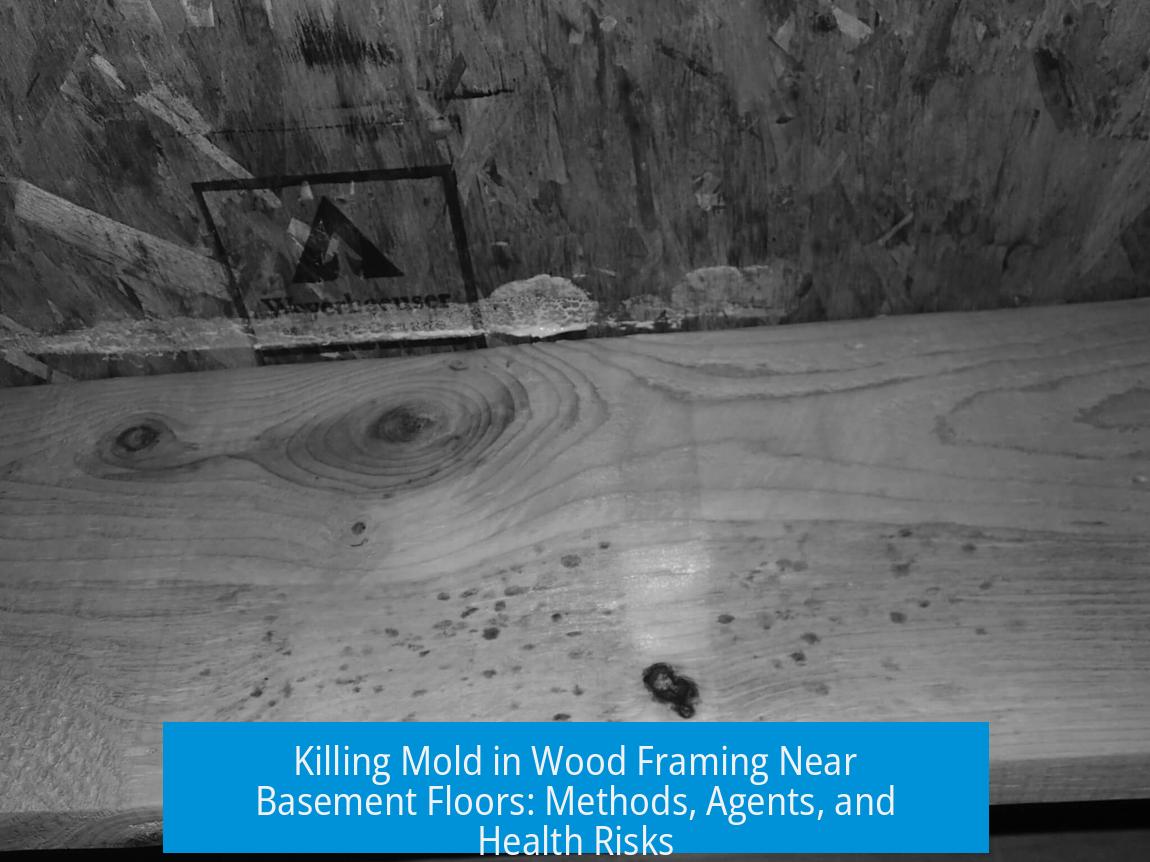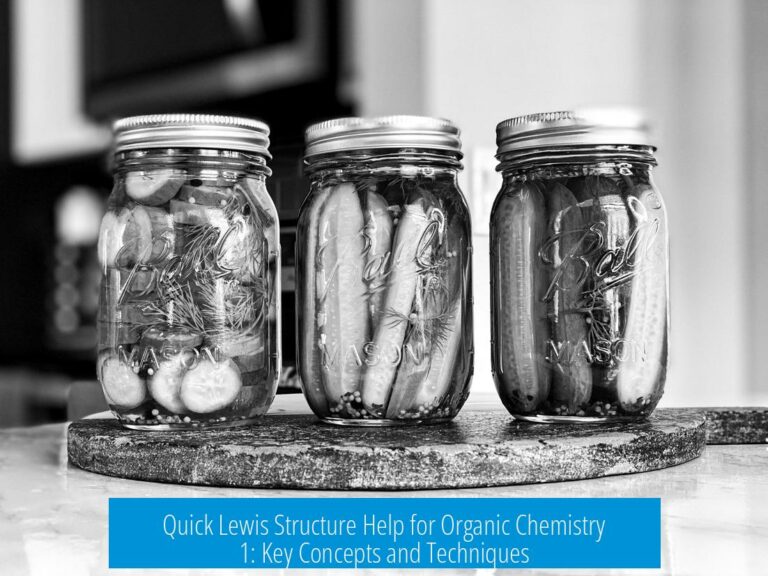Killing probable mold in wood framing against basement floors requires a combination of effective chemical treatments and moisture control. Commonly recommended agents include hydrogen peroxide and sodium hypochlorite (bleach), which kill mold primarily on the wood surface but may damage wood if misused. Trisodium phosphate (TSP) penetrates wood grain better to prevent mold recurrence, while potassium permanganate offers a stronger, expert-level option. However, maintaining dryness and proper ventilation remains essential since moisture drives mold growth. Replacement of heavily infested wood and professional remediation often prove necessary to ensure complete mold management and safety.
Understanding Mold Growth on Wood Framing Near Basement Floors

Wood framing against basement floors is prone to mold because basements often have higher humidity and occasional water intrusion. Mold grows on organic materials like wood when moisture is present, creating health risks and structural damage.
Mold removal strategies must address both killing existing mold and preventing its return by controlling moisture levels.
Effective Mold-Killing Agents for Wood Framing
Hydrogen Peroxide (H2O2)
Hydrogen peroxide acts as a strong oxidizer disrupting mold cell integrity. It is commonly used because it breaks down mold and leaves no toxic residue.
- Effective when applied with or without UV light.
- Users should wear goggles and take protective measures during application.
- Tends to act primarily on surface mold; deep penetration into wood grain is limited.
- Prolonged use may degrade wood quality over time due to oxidative damage.
Sodium Hypochlorite (Bleach)
Bleach is widely recommended for mold due to its strong biocidal properties. It kills mold cells on contact and sanitizes surfaces.
- Best used as a dilute spray to saturate moldy areas without excessive moisture.
- Effective only on surface mold; it does not penetrate wood grain deeply.
- Crucial to let surfaces dry thoroughly after treatment to avoid further mold growth.
Potassium Permanganate (KMnO4)
Potassium permanganate serves as a powerful oxidizing antimicrobial agent, disrupting mold cell walls effectively.
- Considered an expert-level treatment due to its strong chemical action.
- Useful for “overkilling” mold in stubborn cases.
- Requires proper handling and safety measures given its potent chemical nature.
Trisodium Phosphate (TSP) 5% Solution
TSP is particularly advantageous for wood because it penetrates the porous grain structure and leaves a salt residue. This residue prevents mold from returning.
- More effective than peroxide or bleach at deep mold inhibition within wood fibers.
- Applied as a minimally wet solution to avoid adding excessive moisture to wood.
Boric Acid and Other Fungicides
Boric acid solutions have long been used to stop mold growth by creating an unfavorable environment for fungi.
- Additional fungicides include triadimefon, cyproconazole, copper sulphate, and isothiazolinones often combined in timber treatments.
- Some fungicides like pentachlorophenol are effective but restricted due to toxicity concerns.
Laundry Powders with Benzalkonium Chloride and Quaternary Ammonium Compounds (Quats)
Certain laundry detergents contain biocidal agents effective against mold. These agents can reduce surface mold but lack deep penetration for wood.
Application Methods and Precautions When Treating Mold on Wood
Minimizing Moisture Addition
Applying treatments with as little water as possible is critical. Excess moisture encourages mold regrowth and undermines treatment efforts.
Penetration and Surface Reactivity
Hydrogen peroxide and bleach act mostly on the wood surface and do not reach deep mold embedded in wood grain. Conversely, TSP penetrates grain and leaves residual salts to inhibit mold recurrence.
Protective Measures During Chemical Use
- Wear goggles, gloves, and respiratory protection if working in confined spaces or with concentrated chemicals.
- Avoid high-concentration hydrogen peroxide due to potential biological damage.
Replacing Mold-Infested Wood
Wood is porous and susceptible to mold. When mold penetrates deeply, chemical treatment alone may be ineffective. Removal and replacement of severely infested wood offer a permanent solution.
Drying and Ventilation
It is vital to ensure treated wood is completely dry before sealing. Adequate ventilation and humidity control below 50% prevent mold from returning. No chemical treatment substitutes for moisture control.
Building Codes and Structural Considerations
Many local building codes require wood contacting concrete foundation or basement floors to be pressure-treated. This treatment helps prevent fungal and insect damage and mold growth at the wood-concrete interface.
Using untreated wood in these locations increases mold risk. Compliance with codes and standards improves long-term structural integrity.
Post-Flooding Remediation
After flooding, wood framing should first dry thoroughly. Vinegar is sometimes used to inhibit mold, but it may serve as a fungal nutrient, so it is not recommended as a primary treatment.
Sanitizing with dilute bleach after drying reduces mold risk. Specialized mold products may also be used. Proper drying is essential to prevent rebound mold growth.
Health Risks and Professional Assistance
Mold spores can become airborne and cause respiratory problems, allergies, and other health concerns. Hidden mold often exceeds visible mold, posing unseen hazards.
- Professional remediation is recommended for extensive or persistent mold.
- Experts use advanced inspection, containment, and removal methods.
- Certified specialists provide reassurance that mold is effectively removed and indoor air quality is safe.
Common Misconceptions and Warnings
Avoid Vinegar for Mold Treatment
While vinegar is a popular DIY remedy, fungi can metabolize vinegar, causing further mold growth instead of killing it.
Limitations of Chemical Mold Killing
Chemicals do not resolve moisture problems that cause mold. Without controlling humidity and water intrusion, mold will return despite treatment.
Wood Degradation Risks
Certain oxidizing treatments like hydrogen peroxide may weaken wood over repeated applications. This limits frequency and concentration of use.
Mold Treatment Agents Effectiveness: A Comparison
| Agent | Penetration Depth | Wood Impact | Mold Recurrence Prevention | Safety Considerations |
|---|---|---|---|---|
| Hydrogen Peroxide | Surface level | Possible degradation over time | Low without moisture control | Requires goggles; avoid high concentrations |
| Sodium Hypochlorite (Bleach) | Surface level | Minimal but can bleach wood | Low without moisture control | Use dilute solution; avoid inhalation |
| Potassium Permanganate | Surface to shallow | Can stain wood | High with expert application | Handle with care; strong oxidizer |
| Trisodium Phosphate (TSP) 5% | Deep into grain | Leaves protective salt residue | High; prevents regrowth | Minimal safety concerns; use gloves |
| Boric Acid & Fungicides | Variable; depends on compound | Generally safe when used properly | Moderate to high | Observe product instructions |
Key Takeaways
- Hydrogen peroxide and bleach kill surface mold but have limited wood grain penetration and potential wood damage.
- Trisodium phosphate penetrates wood grain and prevents mold return through residue.
- Potassium permanganate provides a strong oxidizing treatment for stubborn mold.
- Controlling moisture and ventilation is fundamental to any mold treatment strategy.
- Removal and replacement of mold-infested wood may be necessary if mold is deeply embedded.
- Professional mold remediation is advisable for extensive problems due to hidden mold and health risks.
- Avoid vinegar as it can fuel mold growth rather than eradicate it.
What is the best chemical to penetrate wood grain and prevent mold from returning?
Trisodium phosphate (TSP) in a 5% solution works well. It penetrates the wood grain and leaves a salt residue that stops mold from coming back.
Why should vinegar be avoided on moldy wood framing?
Vinegar can serve as a food source for fungi. Using it may help mold survive and grow rather than kill it.
Can hydrogen peroxide or bleach deeply eliminate mold inside wood?
These chemicals mainly work on the surface. They do not penetrate deeply into the wood grain, limiting their effectiveness against embedded mold.
Is removing mold-infected wood better than treating it chemically?
Yes. Wood is porous and mold can be difficult to fully remove. Replacing contaminated wood is often the safest solution, especially for severe cases.
How important is moisture control in preventing mold on basement wood framing?
Controlling moisture is crucial. Mold grows where humidity is high. No chemical can fix mold issues without reducing moisture and improving ventilation.





Leave a Comment